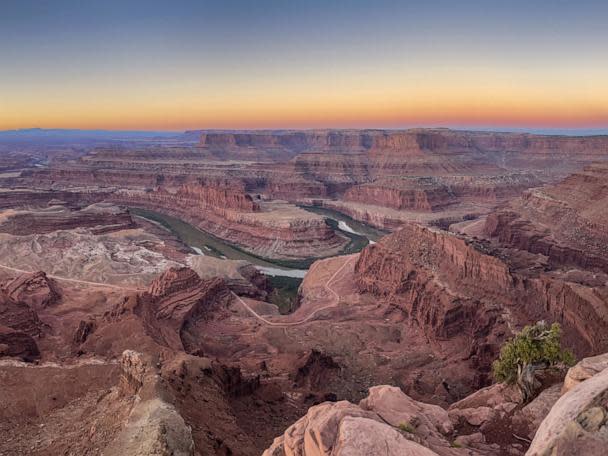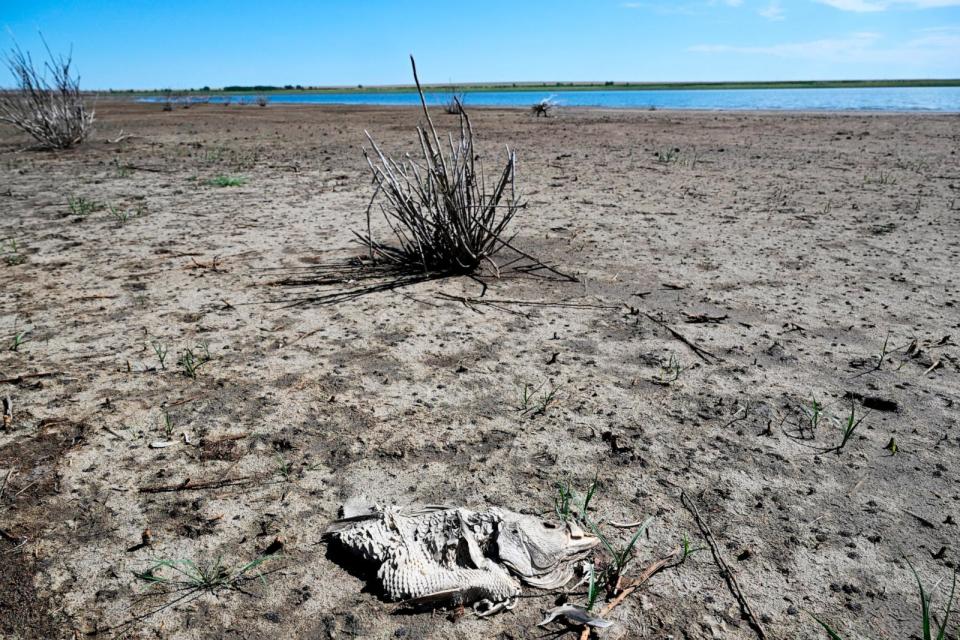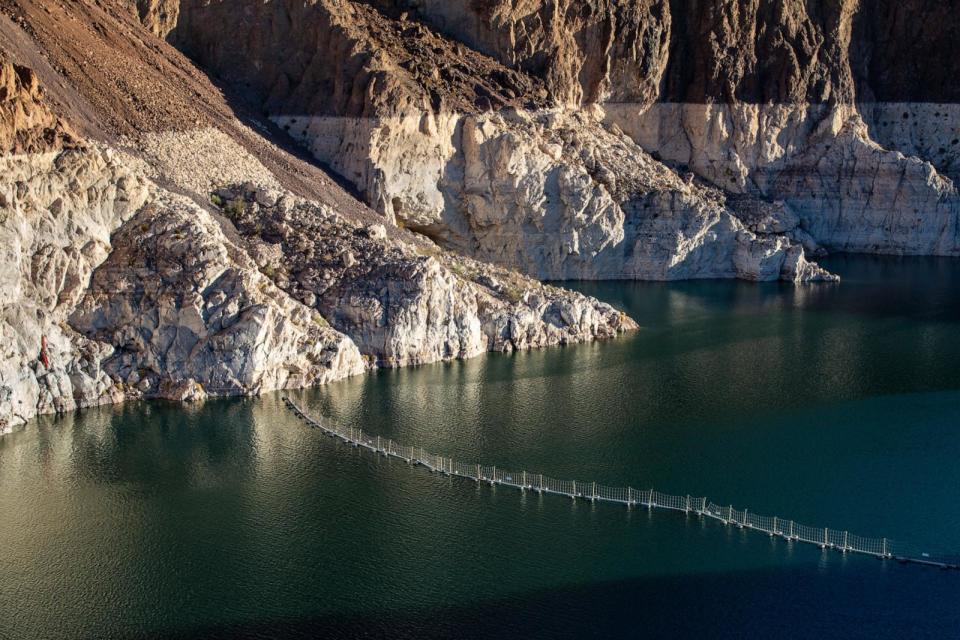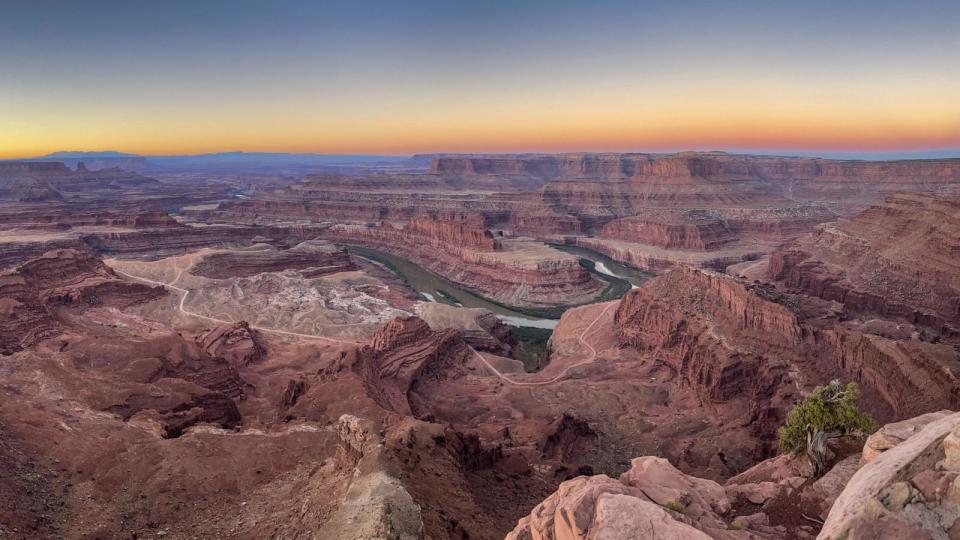North America experienced an unprecedented 'hot drought' in the last century, new research shows

Western North America has experienced an unprecedented "hot drought" over the last century, according to new research that shows the amplification of heat in the region over recent decades.
"Hot drought," a climate phenomenon that occurs amid concurrent heat and drought conditions, has affected the western portion of the continent in recent decades at a frequency and severity that was not seen in the hundreds of years preceding modern times, the paper, published Wednesday in Science Advances, found.
MORE: Here's what will happen if Colorado River system doesn't recover from 'historic drought'
Researchers studied tree rings using a new technique called blue light intensity, which involves shining visible light into the ring on the blue wavelength on the spectrum, Karen King, assistant professor of physical geography at the University of Tennessee, Knoxville, and author of the study, told ABC News. This allows the observers to gather a surrogate measure of ring density from year to year, which is then used for temperature reconstructions, King said.
Estimates from the tree rings can predict the severity of drought index, as well as seasonal precipitation, and allow the researchers to independently investigate the relationship between summer temperature and summer soil moisture, King said.

The biggest observation the researchers made when comparing data over the last 500 years -- starting in the 16th century in 1553 and ending in 2020 -- is increased association with hot drought over the past century, especially in the last several decades, King said, citing the relationship between increase in summer maximum temperatures and dwindling amounts of moisture in summer soil.
MORE: 'Extreme' drought status nearly eliminated in California in wake of atmospheric rivers
With increasingly hot and dry conditions across Western North America, the last two decades have been the warmest in the past 500 years in the region, the data shows.

High temperatures appear to have amplified soil moisture deficits and contributed substantially to the frequency, intensity and spatial extent of drought conditions, the researchers found.
The findings also highlighted an increase in frequency and spatial footprint of compound warm and dry summers across Western North America, allowing researchers to get a longer-term picture of the change in frequency of compound climate extremes in the 20th and 21st centuries, King said.
While regions such as the Great Plains and the Colorado River basin have been historically prone to severe hot drought, past events were not as strongly influenced by high temperatures as they are today, according to the paper.

Dendrochronology -- or the scientific method of dating tree rings -- has been used in the past to study hydroclimate variability, but it was more difficult to capture temperature signals from tree rings prior to this blue light technology, King said.
The new findings "[start] to poke at this question of anthropogenic climate change as a driver, or at least accelerating these processes," King said.
North America experienced an unprecedented 'hot drought' in the last century, new research shows originally appeared on abcnews.go.com


